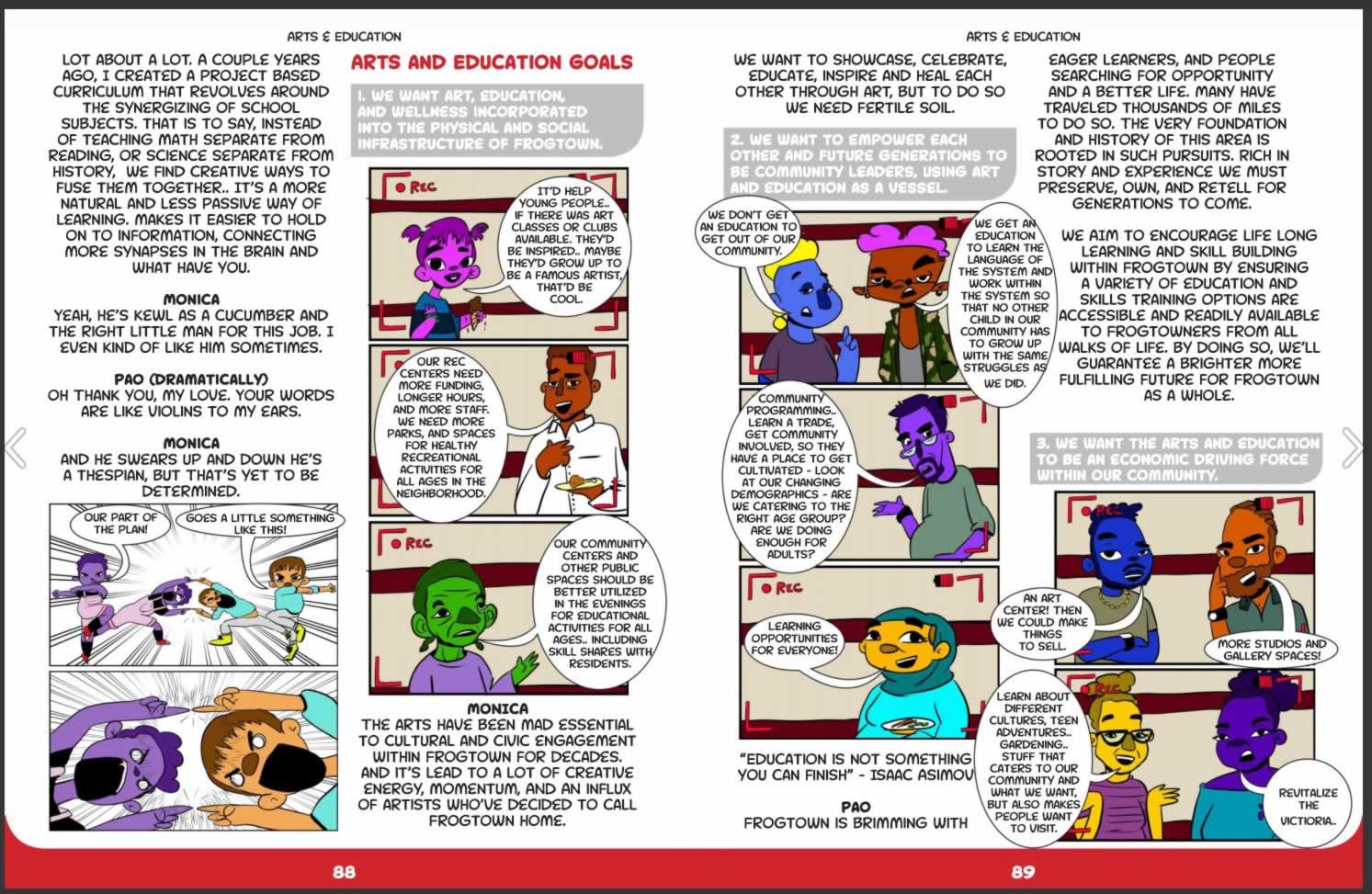A common complaint in live performing arts is that no one has an attention span anymore. The sense is that cell phones, videos, bright flashing lights, etc have ruined our brains.
But according to Eric Barker on Barking Up The Wrong Tree, our brains have always been that way.
First off, stop blaming technology. It’s not your phone’s fault; it’s your brain’s fault. Tech just makes it worse. Our brains are designed to always be seeking new information.
In fact, the same system in your grey matter that keeps you on the lookout for food and water actually rewards you for discovering novel information.
From The Distracted Mind: Ancient Brains in a High-Tech World:
The role of the dopamine system has actually been shown to relate directly to information-seeking behavior in primates. Macaque monkeys, for example, respond to receiving information similarly to the way they respond to primitive rewards such as food or water. Moreover, “single dopamine neurons process both primitive and cognitive rewards, and suggest that current theories of reward-seeking must be revised to include information-seeking.”
And this dopamine reward system is also what convinces people that they are good a multi-tasking. In reality, those who feel they are good at multi-tasking exhibit the worst ability in performing tasks requiring cognitive skills like simultaneously holding something in memory while trying to focus their attention on a task.
Says Barker,
Yes, you probably feel good when you multitask. But feeling good and efficiency are not the same thing. Multitasking meets your emotional need to do something new and exciting… while also slowing your brain down and increasing errors.
So if our brains have always been like this, why do we feel this is a new problem? We cite sitting quietly in a dark room watching a problem as a relic of past arts practice, but why were people content to participate in that way for so long? While there were fewer options in years past, there was still more to do than a human had capacity to engage in at one time.
In fact, with fewer options to record something, there was a much greater chance of missing out on an experience in the past than there is now. You can do a 48 hour binge watch of your favorite show and then catch up with everything you were ignoring during that period at a later time. We have much more control over how we consume an experience.
Yet people feel powerless in the face of all possible options. Why didn’t they start feeling anxious about this lack of power 30-40 years ago?
I am kinda tossing this out there for debate and consideration because I don’t know the answer.
Barker’s article is focused on providing people ways to extend their attention span which include: Stop Multitasking; Exercise; Meditate; Call Your Mother Nature (experiencing nature or even looking at pictures of a natural setting); and Reduce Interference (deal with email/cell phone/texts/other distractions at specific intervals only).
Of those things, I think people exercised more, had more exposure to nature and had their lives filled with less interference in the past. I think people have often needed to engage in multi-tasking and few have engaged in meditation so I don’t see much difference from the past in those areas.
If these general areas are useful in extending attention spans, perhaps the sensory isolation of passively watching a performance in a dark room with an enforced moratorium on electronic devices isn’t something arts and cultural organizations should abandon.
Which is not to say that active, engaging experiences shouldn’t be provided. Many potential arts activities hit on a handful of Barker’s suggestions. How much art has been created by applying a singular focus after finding the perfect natural setting at the end of an invigorating walk which has taken you far from cell phone service?
Even in the middle of an urban setting, acting, dancing, painting, shaping clay, etc, etc, can involve these elements, including being a meditative experience.
Indeed, the concept of an experience transporting or transforming pops up on nearly every survey about arts and culture you can find.
Makes me wonder if there is something to be gained by positioning performances/classes/experiences as distraction free and spiritually renewing. Basically, leave both your cell phone and ego at the door.




Thanks for what you are doing to bring cultural change to the arts. It is so important to represent everyone.…